Learning is especially relevant in the case of edible wild foods, whether mushrooms, plants, berries or any other part of the vast wilderness! Many are difficult to properly identify and require significant in-depth knowledge and expertise in the area. However, lucky for us, there is also a wide variety of edible wilderness that does not require a special degree! A bit of research, firsthand exposure, patience and a fair amount of walking is really all you need to get out there and start finding some natural, wild, organic and delicious food!
Foraging can be a hobby or a lifestyle. Either way, it is a great idea to be prepared.
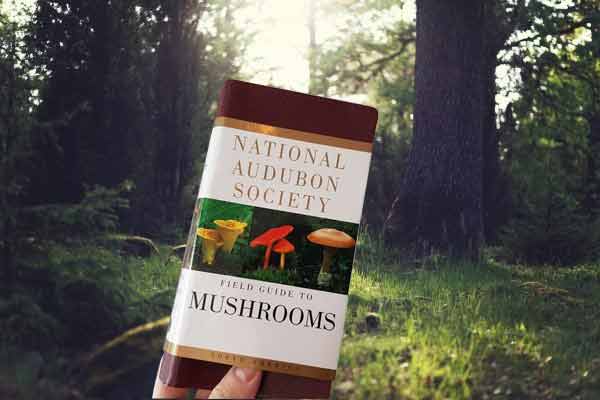
Get a good guide book (or a few)
- Portable guides are convenient to take with you on the hunt and provide immediate reference
Verify proper identification with several different sources until you are fully confident in your own identification
- Guide books, reputable websites, trustworthy personal sources
- Do NOT force a proper identification!! It either has all the necessary traits or it does not. 70% of traits of a chanterelle does not a chanterelle make!
- When in doubt, throw it out!!
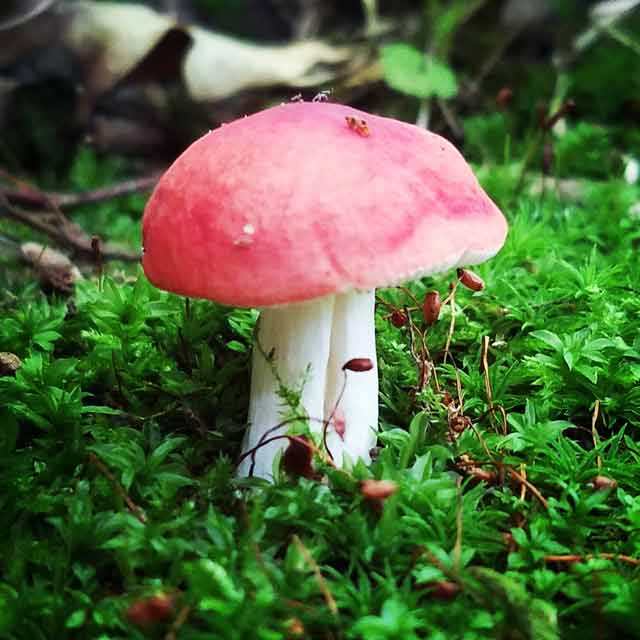
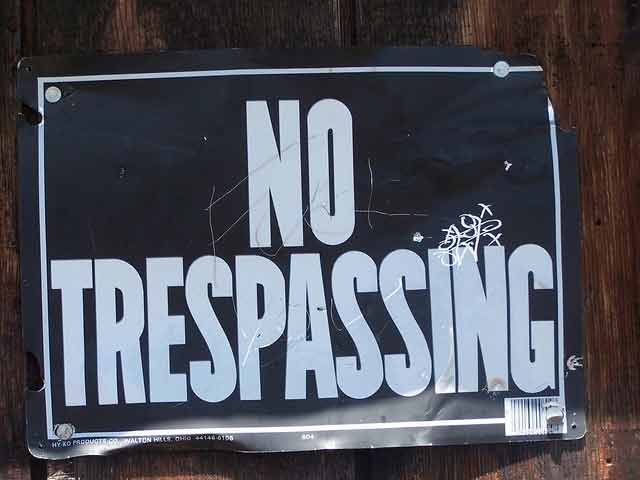
Know local laws
- Do not assume that all public land is fair game! State forests, national parks, public parks, counties or even cities and townships may have different laws regarding the picking of wild mushrooms or plants.
- Do not trespass. You will need permission to walk on private land. However, do not be afraid to ask for permission though as you may be surprised! They may look at you a little funny at times… “You want to pick what on my land now?”
Join a local mushroom or foraging club.
- The Mycological Society can be a good resource.
- Many online groups exist, especially if you are into social media. You are bound to learn something just by the number of folks out there posting about morel this and amanita that!
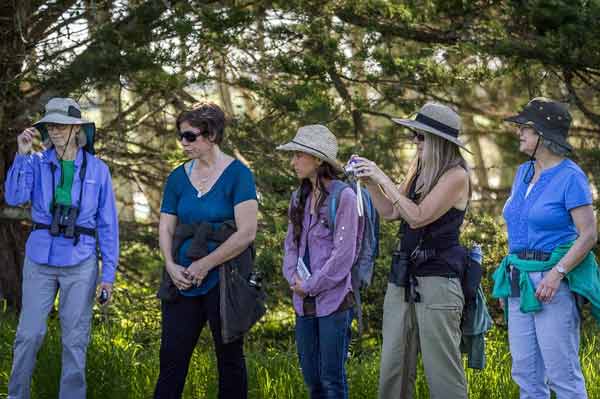
Tips & Tricks
Learn your environment!
- This is one of the most valuable lessons a successful forager can learn. Certain things tend to grow in certain areas. If you are looking for chicken-of-the-woods mushrooms in a poplar/aspen forest, you may be looking for a while! Hint: find oak trees instead
- Trees often provide a quick and (usually) easy way to assess your area and gauge your possible success. Most wild mushrooms will gravitate towards specific trees. For even better success, learn the differences between trees of the same family (i.e. white oak vs red oak vs burr oak)
Have the Right Gear
- Knife
- Water
- Brush (to brush off dirt and bugs)
- Hiking boots
- Basket or non-plastic bag
- Compass
- Phone
- Guide book
Optional but not bad things to have or use:
- First aid
- Snack
- Bug or tick spray
- Walking stick
- Long pants
- Sunscreen
Use your phone or GPS
- Get your location, mark where you parked, see the terrain, avoid trespassing or even drop a pin where you found that beautiful patch of black trumpets!
- Plenty of good hunting and foraging apps available that are pretty convenient
Leave no trace
- Respect the environment and don’t tear up the place!
- People tend to take the path of least resistance so try to avoid trampling over things as you may even lead someone to your secret spot!
